The jewellery creations of the past can be observed as inspirational objects and wearable museums full of information about past cultures, materials and techniques. In this fascinating twist on a 'history course' you will see how to combine the past with contemporary jewellery trends to inspire the future. Beyond the historical, you will also learn more about the world's most famous jewellers and what decisions they made to help them build instantly recognisable global brands.
Course outline
Studying jewellery of the past will provide you with insight into how the fabrication limitations and beliefs of the time influenced jewellery design and how similar concepts in today's fashion and jewellery can be applied. As new fabrication methods, materials and cultural concepts develop, you are encouraged to consider how similar evolutions affected previous eras of jewellery and use this information to develop your own avant-garde and trend-setting designs.
-
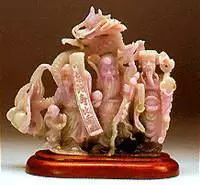
1. Overview of important periods related to Jewellery
This overview showcases the different materials, technologies, cultures and mindsets that produced the jewellery of the past. You will understand…
-
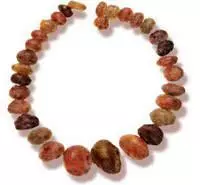
2. Jewellery from the Bronze Age and earlier
Basic yet powerful, the jewellery of the earliest humans was both ornamental and ceremonial. Explore the materials and many forms…
-
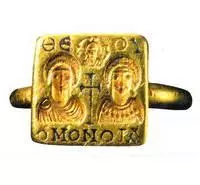
3. The Ancient World: 3000BC to 700AD
The increase in trade between emerging civilisations meant new materials and markets for jewellery craftsmen. Explore the creations of the…
-
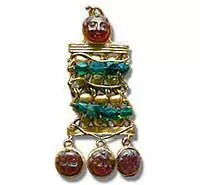
4. Jewellery of the Middle Ages 800AD to 1500 AD
The overwhelming effects of Christianity and the Roman Empire on jewellery during this time is undeniable. Simultaneously, important Asiatic contributions…
-
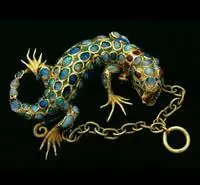
5. The Renaissance and Baroque Periods
The developments that led to what we now know as 'Baroque Pearls' are revealed. Exquisite pendants and brooches exemplifying the…
-
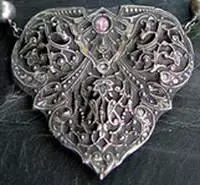
6. Rococo, Victorian and Belle Epoque Eras
Increased trade among the cities of Europe led to a burst of trends, such as the "hair jewellery" of the…
-
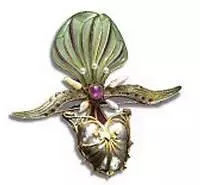
7. Art Nouveau: 1890-1914
Departing from the classicism which preceded it, Art Nouveau defined a new era full of flowing, organic shapes and floral…
-

8. Edwardian Period: early 20th century
Sensual and feminine, the Edwardian era replaced the conservatism of the Victorian era. Signature design elements include intricate filigree and…
-
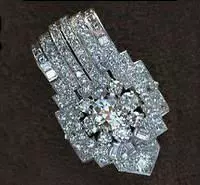
9. Art Deco: 1920-1940
The influence of modern architecture on Art Deco jewellery is revealed, especially in regard to the style's use of clean…
-
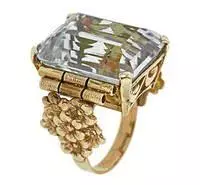
10. Retro Period: 1940-1960
As a result of the embargoes and difficulties of the Second World War, gemstones and precious metals became less accessible…
- 1
Course Instructors
-
Tanja Sadow
Tanja is an award winning jewellery designer & gemmologist with more than 4 decades of experience educating the jewellery industry across 4 continents. Dean and founder of JDMIS, Tanja works with aspiring artisans as well as top jewellery brand team members to help them achieve brilliance in their careers.
Read More
- 1
-
Tanja Sadow
Tanja is an award winning jewellery designer & gemmologist with more than 4 decades of experience educating the jewellery industry across 4 continents. Dean and founder of JDMIS, Tanja works with aspiring artisans as well as top jewellery brand team members to help them achieve brilliance in their careers. Read More
- 1
Student reviews
-
Tools and materials

Like all JDMIS courses, students receive everything they need to complete all their coursework. In this course you receive over 500 pages of colour reference that are going to giude you through the entire duration of the course and beyond. All the references have been meticulously compiled by our expert team at JDMIS.
-
Learning path
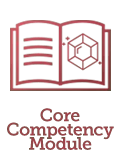
This course is a Core Component (CC) of all Diploma learning paths.
Next Step (Advanced Jeweller's Knowledge):
FT200 - Jewellery Fashion Trends 2: Aesthetic Self Discovery and Future Trends.Next Step (Complementary Jeweller's Knowledge):
GT100 - Jewellery Trade Practices 1: Gem and Jewellery Trade Secrets.Participants attending and completing this programme can choose to enroll for any full diploma.
-
Duration

20+ hours
15 hours online content over 14 modules (Self-paced)
6 Live Sessions (Online)JDMIS runs this popular course in the full online modality providing easy access and a lifetime reference to support your career as a jewellery artist!
- 1
Course Fee:
Invest in Your Creative Future
One payment. Lifetime access. No recurring fees.
Private Atelier Experience
30 hours exclusive in-studio training with Master Trainers
Available for corporate groups & private cohorts (min. 6 participants)
Self-Paced Essentials
Learn at your own pace
Guided Certification
Get certified with expert feedback
Classroom Immersive
Global Live Interactive
Maximum transformation
Add the Physical Reference Library
Essential resources to deepen your expertise
Why Lifetime Access Changes Everything
See how different learning models compare
Monthly Subscriptions
Pay monthly to access. Stop paying = lose everything. Want to revisit in 2 years? Subscribe again.
Traditional Schools
Show up, hope you learn, go home. No recordings, no second chances. Miss a class? Miss it forever.
JDMIS Lifetime Access
Pay once, own forever. Revisit any module, any time, for life. Your content never expires.
















